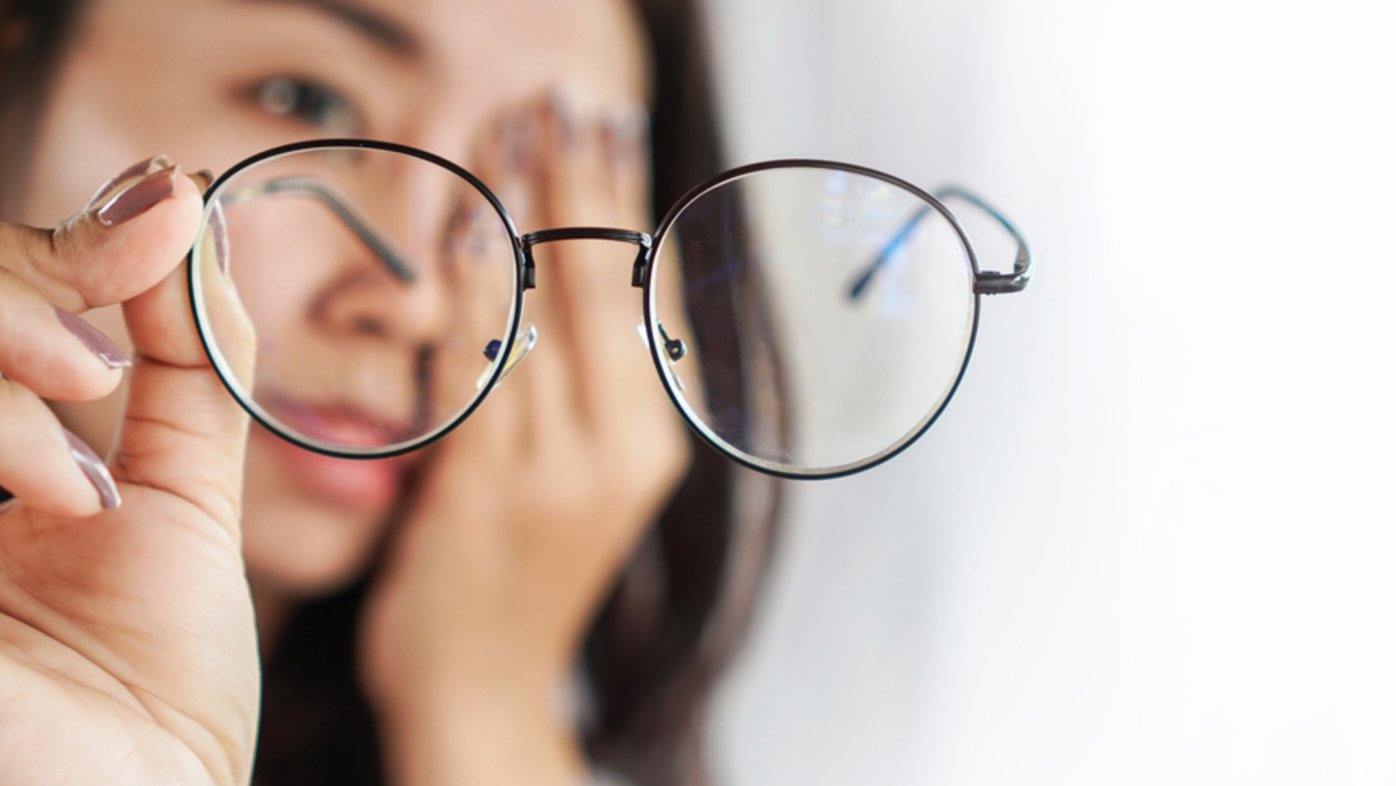If you’ve ever had a headache, you know it can be a pain. For some people, it’s even a sign that something is wrong with their vision. What you may not realize is that eye disease can cause headaches as well. In this blog post, we will explore the link between eye disease and headaches and provide tips on how to identify and treat them.
What are the signs and symptoms of eye disease?
If you have any of the following signs and symptoms, it’s important to see a doctor:
-A change in your vision that you can’t explain
-Eye pain
-Vision problems that don’t improve with eyeglasses or surgery
-A feeling that something is inside your eye
-Loss of balance or coordination
If you have any of these signs and symptoms, see a doctor right away. Eye disease can cause serious complications if left untreated.
Read more: Sanpaku Eyes Curse
How can you check if you have eye disease?
If you have any type of headache, be sure to see a doctor. Eye disease, such as glaucoma, can cause headaches. Other causes of headaches include: Headaches due to overuse or stress (such as working long hours or taking care of a child)
-Headaches due to sinus problems.
-Headaches caused by a head injury.
-Pregnancy-related headaches Many women experience a sudden onset of severe headaches during and after pregnancy. These can be referred to as postpartum migraine. Pregnant women should always consult with their physician about the possibility of having an underlying condition that is causing the headaches, such as glaucoma.
-If you have any concerns about your vision, or if you experience headaches, it is important to see a doctor. There are several ways to check if you have eye disease. One way is to take a picture of a chart with different colors in it and see if your vision changes. Another way is to have an eye exam performed by a doctor. If you experience headaches, make sure to tell your doctor about them.
What are the treatments for eye disease?
There are many treatments for eye disease, but the most common is eyeglasses or contact lenses. Many people also get treatment with medications such as antibiotics or painkillers. Some people have surgery to remove the problem area in their eyes.
There are a number of treatments for various types of eye disease. Most patients will require some combination of medication, eyeglasses, surgery, and/or other treatments. Some common causes of eye disease include age-related changes (such as cataracts), exposure to the sun, glaucoma, and infections. Treatment options may vary depending on the specific type of eye disease and its severity. Some common treatments include:
Medication:
Most patients will require some form of medication to treat their eye diseases. Common medications used to treat eye diseases include antibiotics, antiviral drugs, pain relief medicines, and retinoid. Some medications are prescribed in pill form while others are administered through injections or eye drops. Patients should always talk to their doctor about the best treatment option for them based on their individual situation and health history.
Eyeglasses:
Eyeglasses are often recommended as the first step in treating many types of eye diseases. Eyeglasses help improve vision by increasing the amount of light that reaches the eyes. They can also correct irregularly shaped lenses called refractive errors which can cause blurry or distorted vision. Depending on the type and severity of a patient’s eye disease, they may need glasses only for occasional use or they may need them all the time to maintain good vision.
Surgical Procedures:
Surgical procedures may be necessary in some cases to treat various forms of eye disease. Procedures such as cataract removal or intraocular lens implantation are common treatments. Depending on the type and severity of the eye disease, other surgical procedures may also be necessary. Patients should always discuss their treatment options with their doctor.
Other Treatments:
Other treatments that may be recommended include laser therapy, cry therapy, and radiation therapy. Each of these treatments has its own benefits and drawbacks which should be discussed with a doctor.
Read more: Sanpaku Eyes Curse
Can eye disease cause headaches?
As we age, our eyes may experience a number of changes, including the development of age-related eye diseases. Some of these diseases can lead to increased inflammation in the eyes and/or headaches. Here are three examples:
1. Glaucoma is a leading cause of blindness in older adults and is associated with an increased risk for developing headache symptoms, including pain behind the eyes and pressure headaches.
2. Cataracts are another common cause of vision loss in older adults and are often accompanied by a headache. The enlarged lenses inside your cataract may cause pressure on nearby areas of your brain, including your temples, which can trigger a headache.
3. Retinitis pigmentosa is an inherited disorder that can lead to gradual vision loss over time, as well as difficulty seeing in bright light and frequent headaches.
Conclusion
As you can see, there is a strong link between eye disease and headaches. If you have any of the following signs and symptoms, it is definitely worth needing to get checked out by a doctor: chronic headache that has lasted for more than two weeks, severe eyestrain or blurry vision, persistent light sensitivity, redness or swelling in one or both eyes. If you are suffering from any of these symptoms, don’t hesitate to seek medical help as soon as possible.

